Travel through ancient towns in China-Changsha Tongguan Kiln
Changsha Tongguan Kiln is located near Shizhu Lake, Dingzi Town, Wangcheng District, Changsha City. It refers to the porcelain workshops in Shizhu Lake and Tongguan areas in Tanzhou (now Changsha) in the Tang Dynasty. Changsha Tongguan Kiln began in the early Tang Dynasty and flourished in the middle and late Tang Dynasty, and declined in the Five Dynasties. It has a history of more than 200 years and has a history of more than 1000 years. It is one of the three major export kilns in the Tang Dynasty of China, which is as famous as the Yue Kiln in Zhejiang and the Xing Kiln in Hebei. It is the birthplace of colorful underglaze ceramics in the world. Changsha Tongguan Kiln was extended from Yuezhou Kiln. From the Eastern Han Dynasty to the early Tang Dynasty, Yuezhou Kiln products have always been mainly celadon, but the quality of its products is not as good as that of Yue Kiln. After the "Anshi Rebellion" in the Tang Dynasty, a large number of kiln workers who moved from the north gathered here to burn ceramics together with local residents, forming the Tongguan Kiln. Because it is located on the bank of Shizhu Lake, it is also known as Shizhu Kiln. There were many famous porcelain kilns in the Tang Dynasty. There were celadon represented by Zhejiang Yue Kiln in the south and white porcelain represented by Hebei Xing Kiln in the north, forming a production pattern of blue in the south and white in the north. Influenced by the three colors of the Tang Dynasty, Changsha Tongguan Kiln absorbed Persian, Islamic and Buddhist art, and gradually created and formed a unique underglaze color ceramic process. It was unique among the famous kilns, and the porcelain industry began to show a three-pronged confrontation. The creation and burning of underglaze color left a rich and colorful page for Changsha Kiln in the history of Chinese ceramics. Although Changsha Tongguan Kiln emerged late, it has developed rapidly. Its products not only sell well in China, but also sell well to East Asia, South Asia, and West Asia, reaching as far as northeastern Africa. When recording the grand production and operation of Changsha Kiln at that time, Hunan poet Li Qunyu wrote in his poem titled "Shizhu":"Ancient bank pottery is used as a tool, and Gao Lin is burned. Fireworks in Pukou, Hunan Province, smoke and clouds in Dongting. Smoke flies in the wild, explosions can be heard in the distant sky, and the terrain is penetrating. I am afraid that Zhu Rong's tomb will be hit." In 1998, a German salvage company discovered and salvaged a Tang Dynasty shipwreck near a large black reef in the waters of Belitung Island, Indonesia. It was named "Batuhitam", which translates into "Blackstone" in Chinese. This merchant ship, which is constructed of Arabic sewing techniques, carries Chinese goods shipped to West Asia and North Africa via Southeast Asia. In addition to gold and silver utensils and bronze mirrors, there are also more than 67000 pieces of Chinese porcelain. The producers are from Changsha Kilns, Yue Kilns, Xing Kilns, Gongxian Kilns, etc., of which about 56500 pieces are from Changsha Tongguan Kilns. It can be seen that Changsha Kiln already occupied an important share in China's ceramic export market at that time and had established its prominent position in the history of Chinese ceramics development.
Changsha Tongguan Kiln was gradually forgotten after the Song Dynasty. After more than a thousand years of dust, it was not until 1956 that it was rediscovered in the cultural relics census of Hunan Province. After five excavations by the cultural relics department, a total area of about 500,000 square meters has been discovered, including 46 Longyao sites, 19 mud mining sites, as well as market sites, dock sites, cargo areas, living areas and tomb areas. Well preserved, it is a milestone for studying the history of Chinese ceramics development. In January 1988, the Changsha Tongguanyao Site was designated by the State Council as a national key cultural relic protection unit. In 2006, it was listed as one of the country's 100 major site protection projects. Currently, it is organizing the application for World Cultural Heritage.
Today's entire Tongguanyao Cultural Tourism Scenic Area should include three areas. The first is the Tongguan Kiln Ruins Park Scenic Area, centered on the No. 1 Dragon Kiln Ruins in Tanjiapo, which mainly shows tourists the processing and production techniques of Changsha Kiln; the second is the Tongguan Ancient Town Ceramic Art Industry and Cultural Tourism Base, which is an ancient town that has existed for more than 1000 years. The main attractions are the history and culture of the ancient town, some ancient kilns and modern ceramic processing factories; The third is Xinhualian Tongguanyao Ancient Town Scenic Area. This is a newly built scenic spot in recent years. This project was built by Xinhualian Cultural Tourism Development Company with an investment of 10 billion yuan. It relies on the thousand-year-old Tongguan Kiln site, with historical culture as its soul, ceramic culture as its root, and Tang style and ancient charm as its shape, reproducing the style of the prosperous times of the Han and Tang Dynasties. The three areas are like three pearls shining on the east bank of the Xiangjiang River, forming a historical and cultural attraction with distinctive characteristics that integrates natural mountains and rivers, historical relics, leisure and entertainment, showing people the long and splendid Huxiang culture.

The main attractions of Tongguan Kiln Ruins Park Scenic Area include: Tanjiapo No. 1 Kiln, the Ruins Gate Tower, Menghui Tang Cultural Corridor, Changsha Kiln Ceramics Experience Hall, Juehua Tower, Changsha Tongguan Kiln Museum, etc.
The main attractions of Tongguan Ancient Town include: Gulong Kiln (Waixing Kiln, Gongxing Kiln, Yixing Kiln, Renxing Kiln), ancient kiln ruins (Yaotouchong, Fanjiayao), ancient markets (Tongguan Old Street, Shigang Old Street), ancient ruins (Wuchu Bridge, Sizhou Temple, Mica Temple, Shoufeng Pavilion, Dongshan Temple, Wangye Temple, Yidu Hall, Yidu Pavilion, etc.).
Xinhualian Tongguanyao Ancient Town has a construction area of 1.1 million square meters, covering 8 major museums, 5 performing arts centers, 3 star-rated hotels, 20 B & Bs, 18 cultural attractions and 4 parent-child amusement projects. As a newly invested and constructed tourist attraction, it is large-scale, well-constructed, and rich in connotation, and has many remarkable points.
Transportation: Transportation from Changsha City to and from Tongguan Ancient Town Scenic Area is still relatively convenient. We start from the north gate of the Botanical Garden, take Bus No. 938 to get off at Tianxin District Government Station, transfer to Metro Line 1 to Kaifu District Government Station, transfer to Bus No. 913 to get off at Jingyang Community Station, transfer to Bus No. W113 to reach the three scenic spots of Xinhualian Tongguanyao, Tongguanyao Heritage Park and Tongguan Ancient Town.







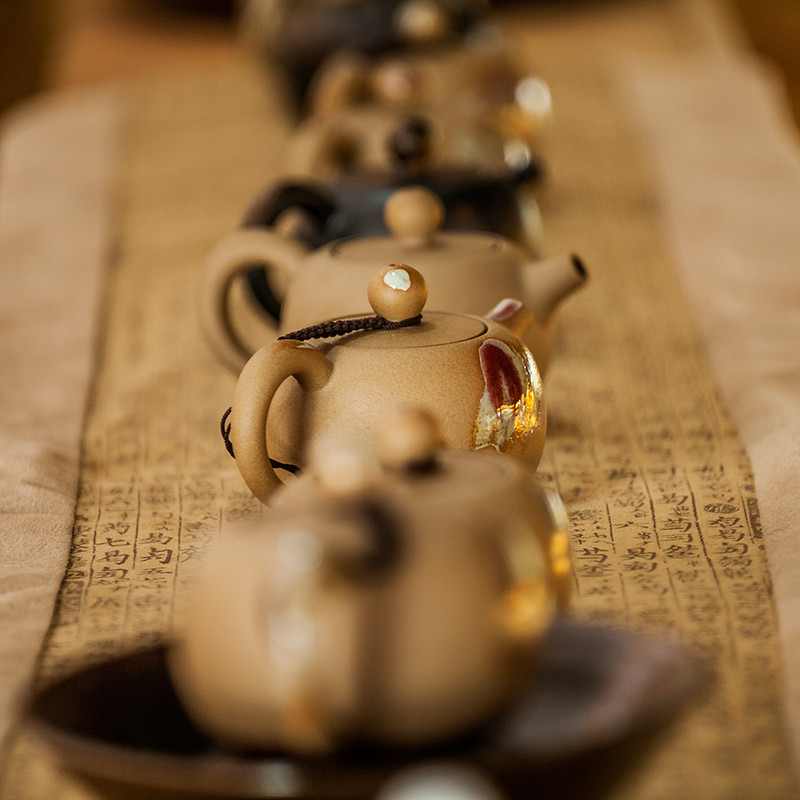
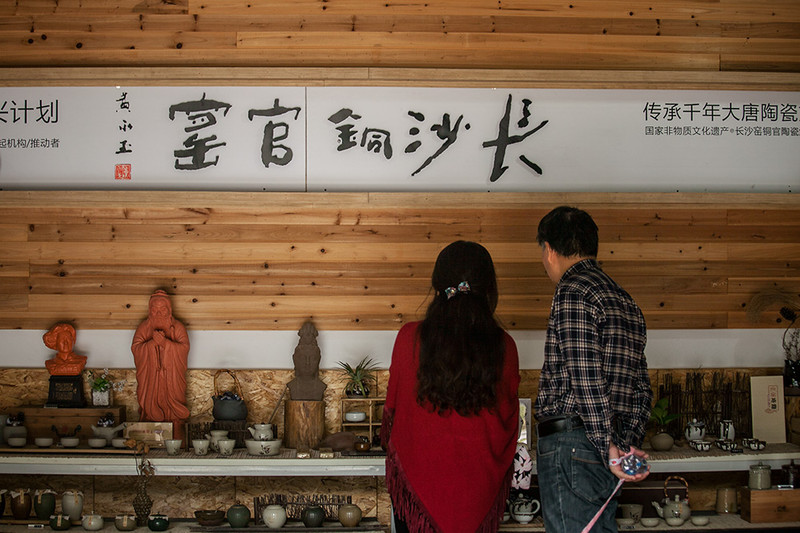
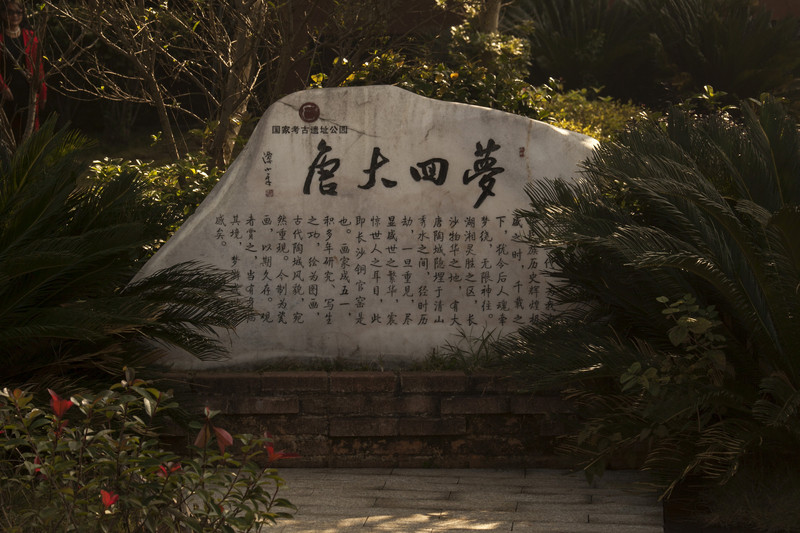












Leaving Tongguan Ancient Town, we come to the newly completed Xinhualian Tongguanyao Ancient Town Scenic Area. It is at the southernmost tip of the three scenic spots and is also the first scenic spot to arrive from the direction of Changsha City. Its north gate is about 1 kilometer away from the Ruins Park, 5 kilometers away from Tongguan Ancient Town, and about 25 kilometers away from Kaifu District Government Station of Changsha Metro Line 1.














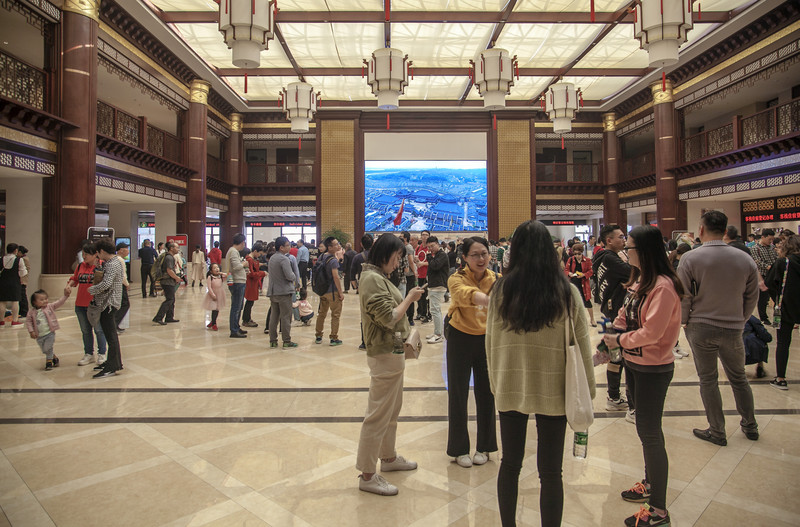




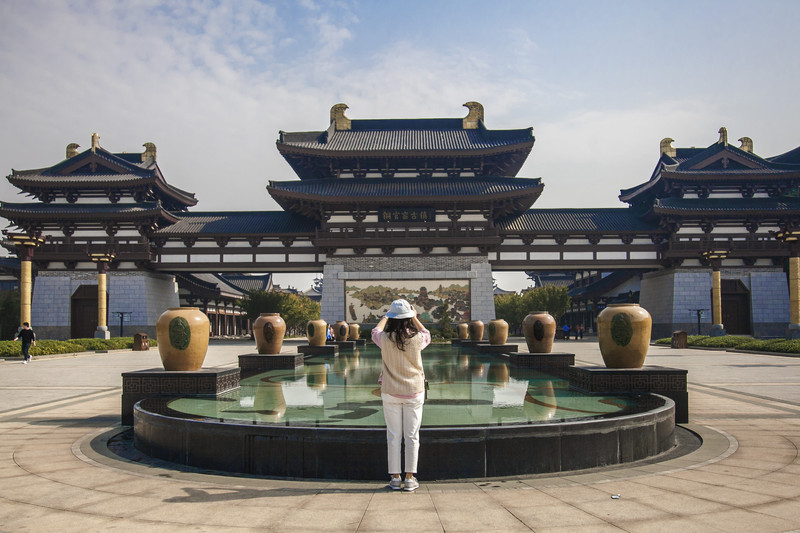
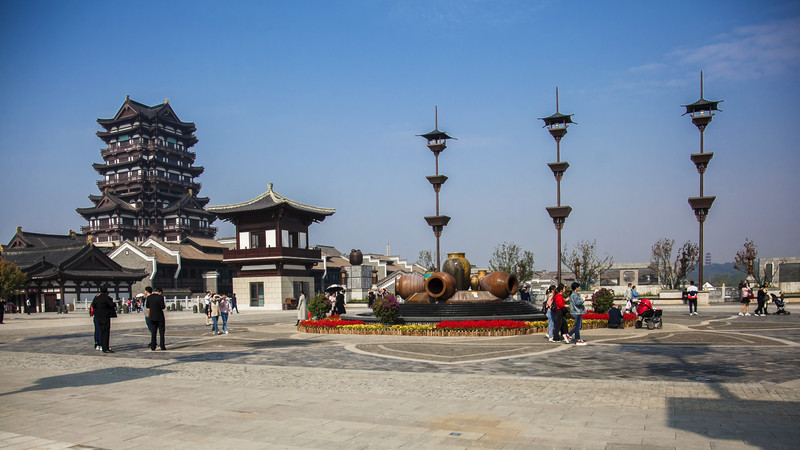

















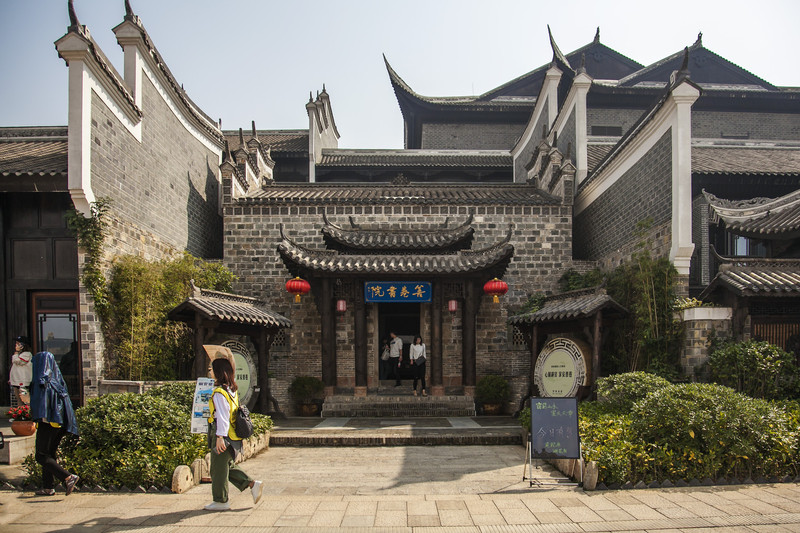


















































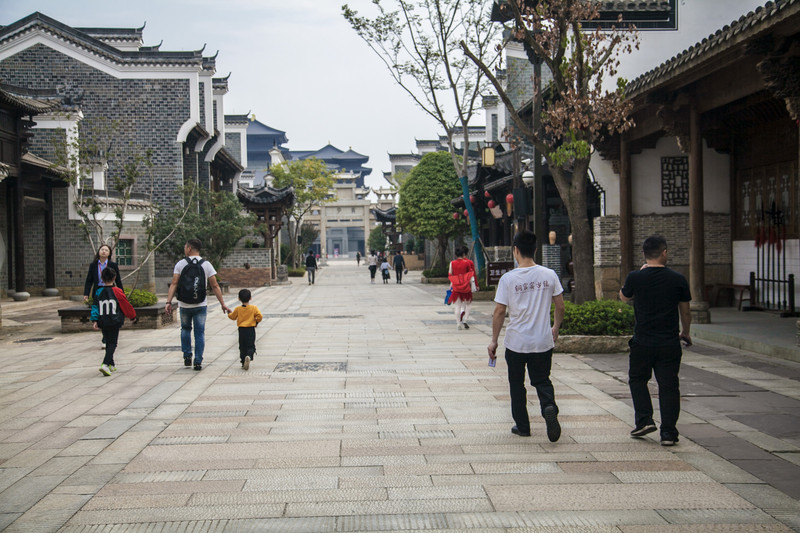














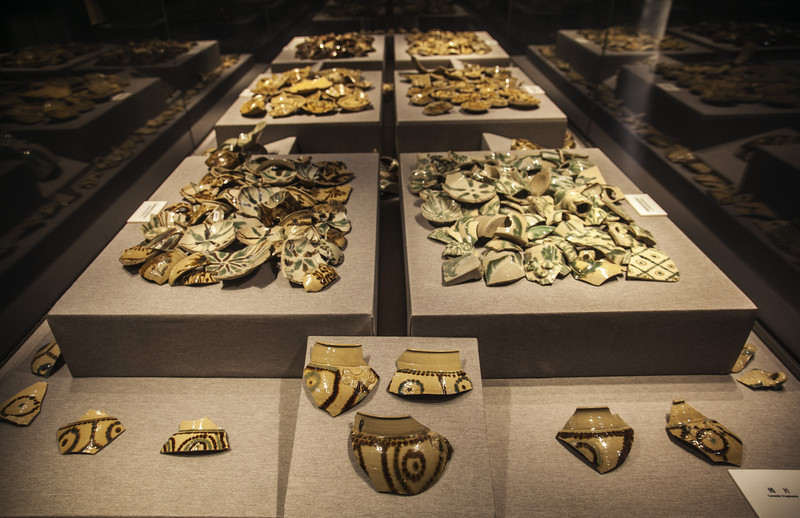
In fact, on November 2, we only visited the Xinhualian Tongguan Kiln Scenic Area, but the Ruins Park and Tongguan Ancient Town Scenic Area were visited two years ago. My experience is that the scenic area is too big to be seen all at once; the history and technology of ceramic processing are too complex to be easily understood.
Part of the information comes from Baidu
Previous Article:One-day trip to Changsha Farmhouse on June 1, parent-child interactive family one-day trip to Pangzi Farm
Next Article:Travel through ancient towns in China-Changsha·Jinggang
